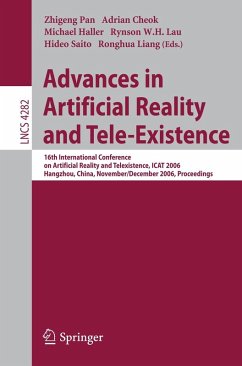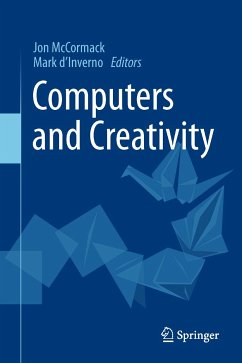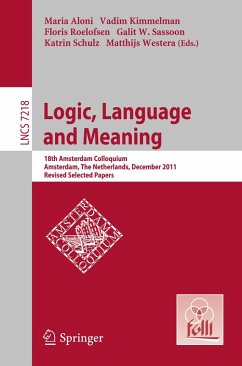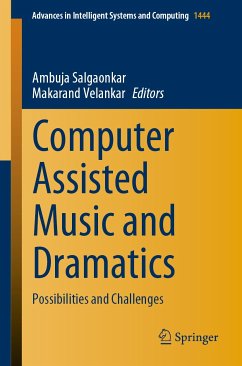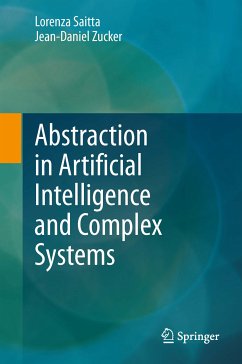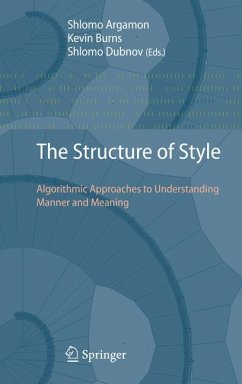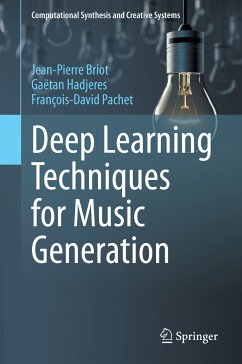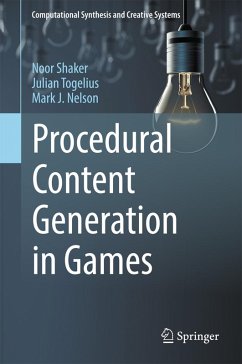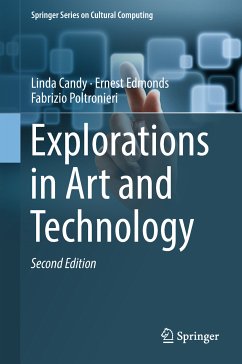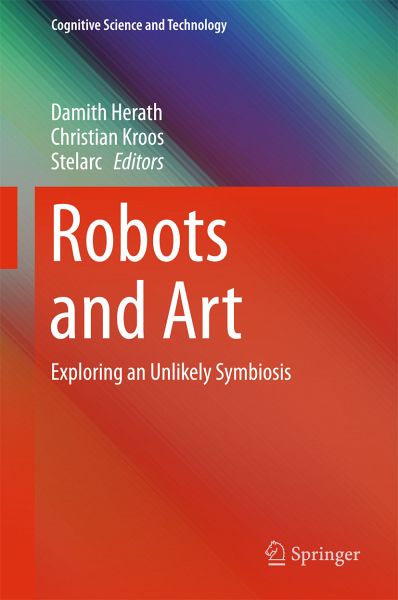
Robots and Art (eBook, PDF)
Exploring an Unlikely Symbiosis
Redaktion: Herath, Damith; Stelarc; Kroos, Christian
Versandkostenfrei!
Sofort per Download lieferbar
152,95 €
inkl. MwSt.
Weitere Ausgaben:

PAYBACK Punkte
76 °P sammeln!
The first compendium on robotic art of its kind, this book explores the integration of robots into human society and our attitudes, fears and hopes in a world shared with autonomous machines. It raises questions about the benefits, risks and ethics of the transformative changes to society that are the consequence of robots taking on new roles alongside humans. It takes the reader on a journey into the world of the strange, the beautiful, the uncanny and the daring - and into the minds and works of some of the world's most prolific creators of robotic art.Offering an in-depth look at robotic ar...
The first compendium on robotic art of its kind, this book explores the integration of robots into human society and our attitudes, fears and hopes in a world shared with autonomous machines. It raises questions about the benefits, risks and ethics of the transformative changes to society that are the consequence of robots taking on new roles alongside humans. It takes the reader on a journey into the world of the strange, the beautiful, the uncanny and the daring - and into the minds and works of some of the world's most prolific creators of robotic art.
Offering an in-depth look at robotic art from the viewpoints of artists, engineers and scientists, it presents outstanding works of contemporary robotic art and brings together for the first time some of the most influential artists in this area in the last three decades. Starting from a historical review, this transdisciplinary work explores the nexus between robotic research and the arts and examines the diversity of robotic art, the encounter with robotic otherness, machine embodiment and human-robot interaction. Stories of difficulties, pitfalls and successes are recalled, characterising the multifaceted collaborations across the diverse disciplines required to create robotic art.
Although the book is primarily targeted towards researchers, artists and students in robotics, computer science and the arts, its accessible style appeals to anyone intrigued by robots and the arts.
Offering an in-depth look at robotic art from the viewpoints of artists, engineers and scientists, it presents outstanding works of contemporary robotic art and brings together for the first time some of the most influential artists in this area in the last three decades. Starting from a historical review, this transdisciplinary work explores the nexus between robotic research and the arts and examines the diversity of robotic art, the encounter with robotic otherness, machine embodiment and human-robot interaction. Stories of difficulties, pitfalls and successes are recalled, characterising the multifaceted collaborations across the diverse disciplines required to create robotic art.
Although the book is primarily targeted towards researchers, artists and students in robotics, computer science and the arts, its accessible style appeals to anyone intrigued by robots and the arts.
Dieser Download kann aus rechtlichen Gründen nur mit Rechnungsadresse in A, B, BG, CY, CZ, D, DK, EW, E, FIN, F, GR, HR, H, IRL, I, LT, L, LR, M, NL, PL, P, R, S, SLO, SK ausgeliefert werden.




